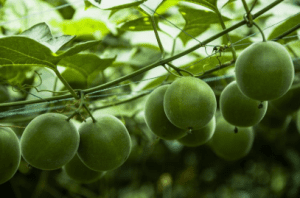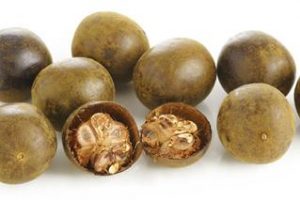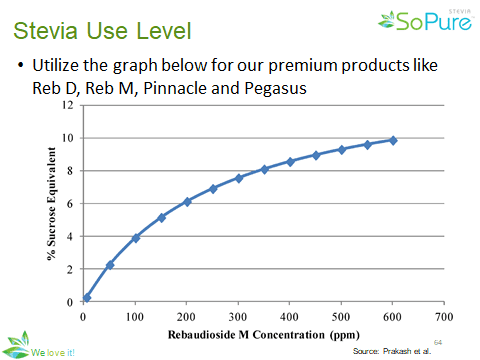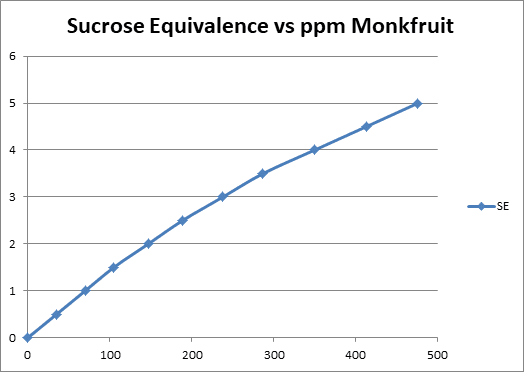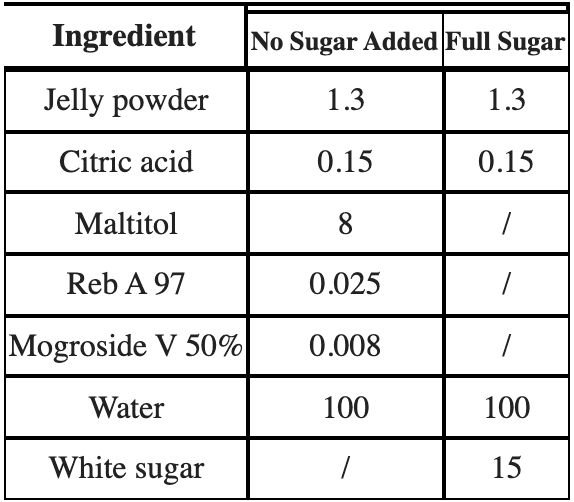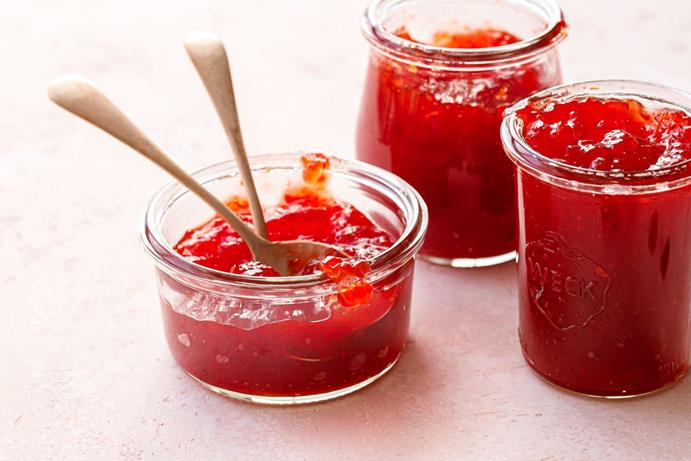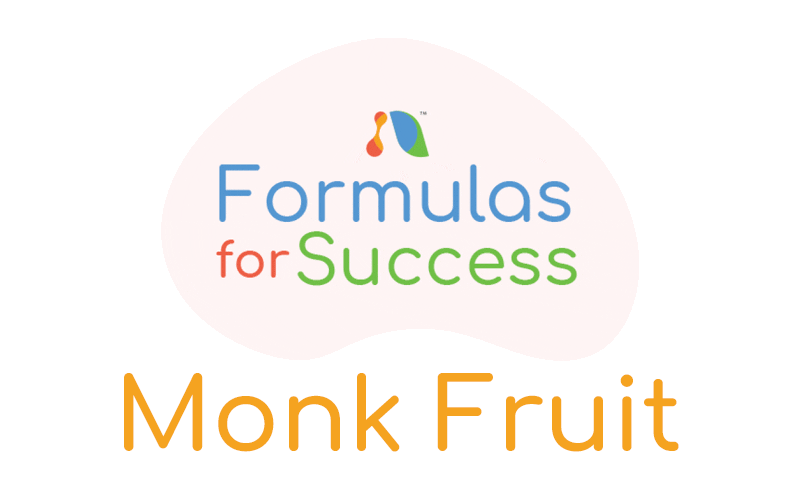
Monk Fruit: How to Formulate With This Popular Natural Sweetener
Formulas For Success is a monthly educational series from our leading formulation experts that covers the basics and fundamentals of trends in product formulation. Each time we’ll be featuring an emerging ingredient or combination of ingredients and sharing the key tips you’ll need to discover your own formula for success.
Monk fruit, also known as Siraitia grosvenorii or Lo Han Guo, is a natural high-potency sweetener that is 100 – 250 times as sweet as sugar. It’s an ingredient commonly used by food & beverage product manufacturers for sugar reduction and replacement. In such applications, it comes with the added benefit of being labeled with fruit in the product name. When developing a product formulation with monk fruit extract, there are important considerations for formulators to keep in mind.
Benefits of Monk Fruit
In addition to being a zero-calorie sweetener, monk fruit extract is rich in Vitamin C as well as other nutrients that offer a variety of benefits:
- Kaempferol, a flavonoid with antimicrobial and antioxidant effects
- Triterpene glycosides, compounds that reduce the growth of tumor cells
- Antioxidants mogroside I-V which inhibit oxidative damage
- Cucurbitacins, compounds with anti-inflammatory effects
- Polysaccharide fibers, which may lower cholesterol levels
The Monk Fruit Market
Among the variety of natural high-potency sweeteners, monk fruit is the second most popular among consumers, ranking behind only stevia. A recent International Food Information Council (IFIC) survey shows consumers are more likely to consume monk fruit over sucralose and other low-calorie options including aspartame, saccharin and more. The market size for monk fruit, estimated at $720M, is expected to steadily widen. Forecasts show a CAGR of 4.8% from 2020 – 2025, according to a recent IndustryARC report.
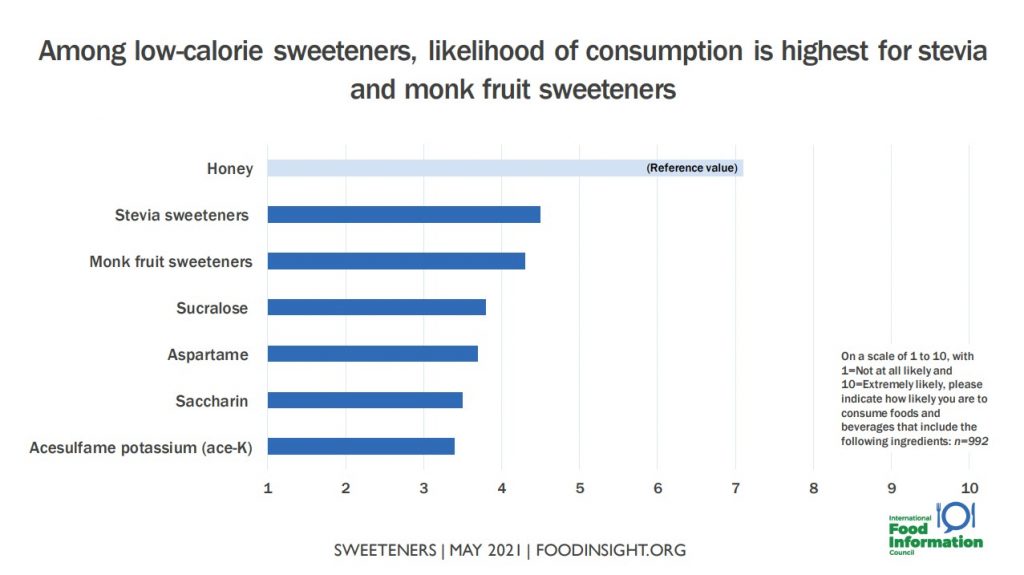
Monk Fruit Purity Levels
The main sweetener in monk fruit is the antioxidant mogroside V. The typical indicated range of this antioxidant is 10 – 90%. Nascent Health Science’s team of formulation experts continuously experiments with the full range of monk fruit purity levels and have found that the best overall value is most consistently at 40 – 50%. At that range, we’ve found a cleaner taste and higher sweetness than lower purity levels. Monk fruit at very high purity levels may taste slightly cleaner, but it comes at a significantly higher cost. We generally recommend starting with 50% purity as it is the most common level. We have found the maximum use level to be about 175 ppm for monk fruit at 50% purity. Beyond that, you’ll begin to notice too many off-notes, especially in the aftertaste, which some describe as “fruity ginger”.
Note: At the 50% level, monk fruit extract is not always clearly quantified, where different suppliers may have slightly different taste and sweetness profiles. At Nascent, we conduct thorough testing when choosing suppliers and regularly test quality to ensure consistency.
Regulatory Status of Monk Fruit
Monk fruit is currently approved in limited countries, including the US, Canada, China, Japan, South Korea, Australia, and New Zealand. However, its regulatory approvals are expected to expand globally to the rest of Asia and Latin America, while the EU is also anticipated to approve the extract soon. Monk fruit juice and concentrates are available to those countries that allow the fruit juice in finished products. The concentrate can be labeled as a natural flavor in FEMA-following countries when used below 60 ppm in a beverage. Other application usage limits can be found on the FEMA site.
Formulating With Monk Fruit And Stevia
It is reported in literature that monk fruit has synergy with stevia. However, we have not found significant synergy with the combination at our recommended use levels. We believe the perceived additional sweetness comes from how the sweetness intensity curve is shaped. Like many high-potency sweeteners, the sweetness graphs for stevia and monk fruit are curved and not the straight line you’d see with most bulk sweeteners.
To illustrate this, we use an example formula which originally had 300 ppm of stevia that was replaced with 200 ppm of stevia and 100 ppm of monk fruit. The lowered use level of stevia inherently provides higher sweetness per ppm of stevia as shown in the graph above. The 100 ppm point on the monk fruit is also on the steeper part of its curve. The monk fruit graph depicts mogroside V 50% in acid and has less of a sweetness plateau than stevia. Although the combination in this example does provide a sweetness increase, there appears to be less of a true synergy between the two ingredients and more so instead, they simply complement each other.
Successfully complementing monk fruit with stevia requires an understanding of monk fruit’s sweetness profile. It has a slower sweetness onset compared to most sweeteners, and can thereby prolong the sweetness impact when combined with other sweeteners. Such combinations help to mask the aftertaste you’d otherwise experience from other natural sugar alternatives. When researchers experimented with early formulations using stevia and monk fruit, they were likely using stevia high in stevioside and Reb A, forms of stevia which can produce off-notes at high usage levels. In such scenarios, the addition of monk fruit was sensible in helping to mitigate some of the aftertaste from stevia.
Since those early formulations with monk fruit and stevia, new better-tasting glycosides of stevia have become more widely available and commercialized. The benefits of monk fruit with stevia have diminished in favor of glycosides like Reb D and Reb M. However, there is still an overall sweetness boost benefit if Reb D and M are used at high levels. Monk fruit can be added to products that require high sweetness at a potential lower cost-in-use since the stevia sweetness plateaus at high usage levels (reference the graph below).
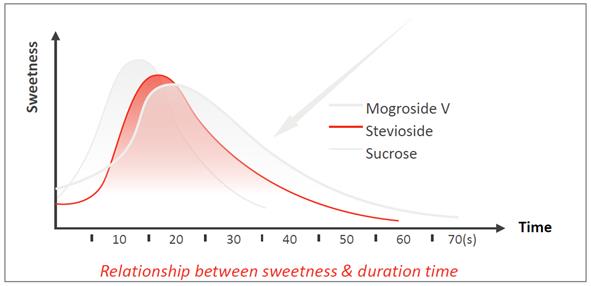
Sample Monk Fruit Application
A demonstration of an application utilizing monk fruit is presented below as mogroside V 50%. In this sugar-free jelly demonstration, the Nascent team replaced sugar utilizing a combination of sugar alcohol, Reb A stevia, and monk fruit.
Ready to create your own formula for success? Partner with us and learn more about formulating in new applications with monk fruit. Contact one of our expert consultants for your product development and formulation needs!

